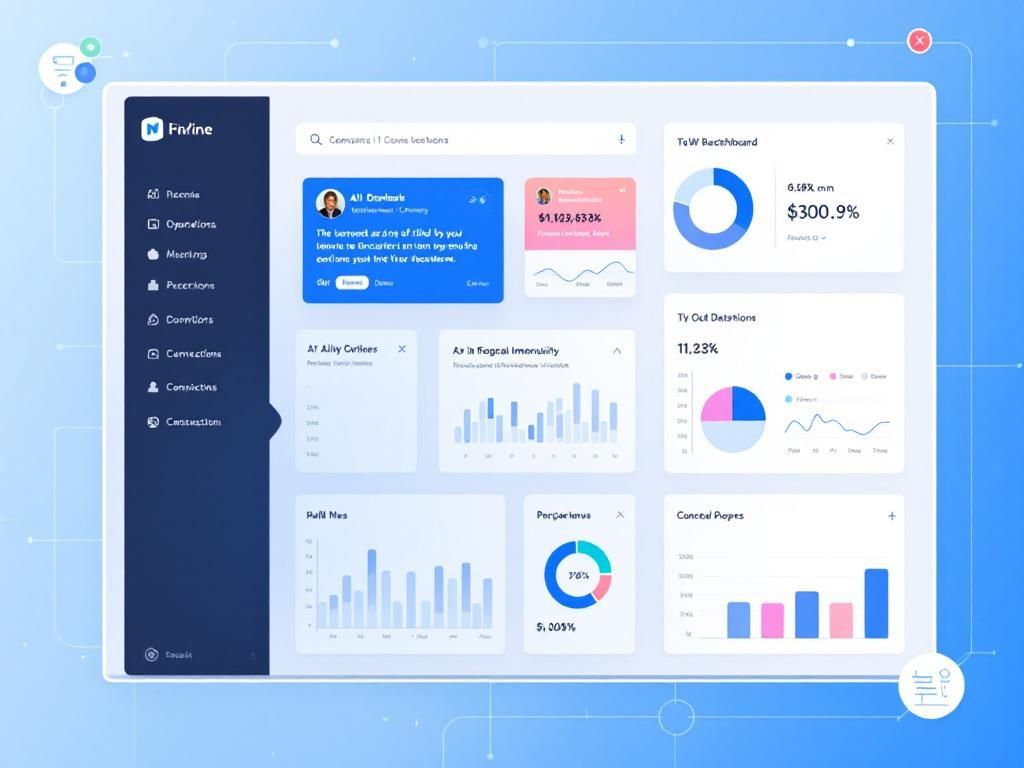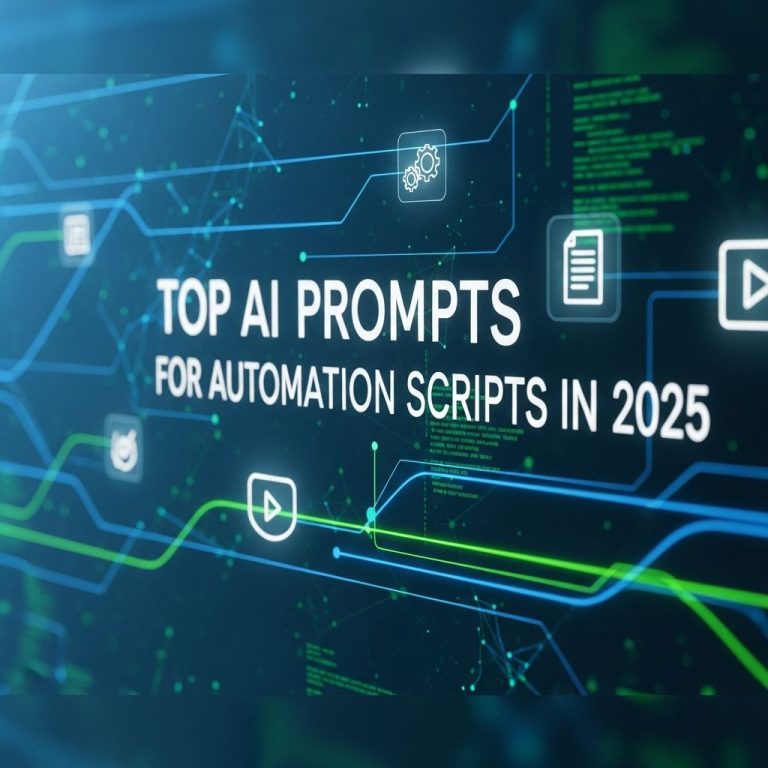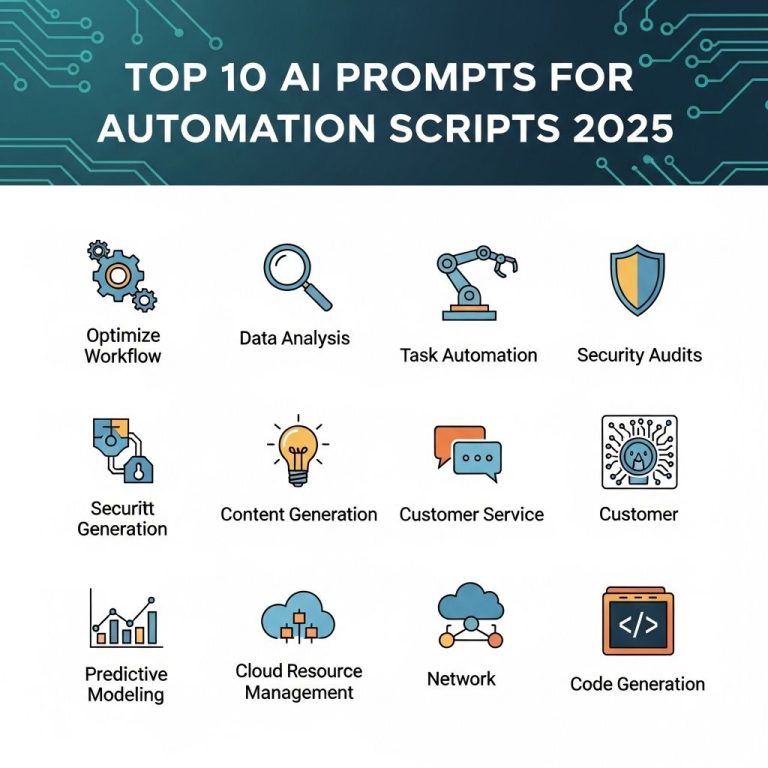The rapid evolution of technology and the growing complexity of IT environments have necessitated a transformative approach to IT operations. With the integration of Artificial Intelligence (AI) into IT dashboards, organizations can gain unprecedented insights, streamline processes, and enhance decision-making. This article delves into the significant impact of AI dashboards on IT operations, exploring their benefits, features, implementation strategies, and future trends.
Understanding AI Dashboards
AI dashboards are sophisticated tools that leverage machine learning and data analytics to present critical information intuitively and interactively. These dashboards provide real-time insights into IT operations, allowing teams to monitor performance, identify anomalies, and forecast potential issues.
Key Features of AI Dashboards
- Real-Time Data Visualization: AI dashboards provide visual representations of data, allowing users to quickly assess the health of IT systems.
- Predictive Analytics: By analyzing historical data, AI tools can predict future trends and potential problems, enabling proactive management.
- Automated Alerts: These dashboards can automatically notify teams of critical changes or anomalies, ensuring timely responses.
- Customizable Interfaces: Users can tailor dashboards to display the metrics that matter most to their operations.
- Integration Capabilities: AI dashboards can seamlessly integrate with existing IT tools and platforms, enhancing their effectiveness.
Benefits of Implementing AI Dashboards
Integrating AI dashboards into IT operations can lead to transformative benefits:
1. Enhanced Decision-Making
With access to real-time data and predictive insights, IT leaders can make informed decisions quickly. This agility is crucial in a fast-paced tech environment.
2. Improved Operational Efficiency
AI dashboards automate routine reporting tasks, freeing up IT personnel to focus on strategic initiatives. This leads to increased productivity across the team.
3. Proactive Issue Resolution
The predictive capabilities of AI help identify potential issues before they escalate, minimizing downtime and enhancing service delivery.
4. Better Resource Management
Organizations can better allocate resources by gaining insights into usage patterns and performance metrics, resulting in cost savings and optimized workflows.
Implementing AI Dashboards in IT Operations
Successfully implementing AI dashboards involves several strategic steps:
Step 1: Define Objectives
Before deploying an AI dashboard, organizations must clearly define their goals. Consider the specific IT operations that need improvement and the metrics that will be most beneficial.
Step 2: Evaluate Available Tools
There are numerous AI dashboard tools available in the market. Key factors to consider include:
| Tool Name | Features | Pricing |
|---|---|---|
| Tableau | Data visualization, predictive analytics | Starting at $70/user/month |
| Power BI | Integration with Microsoft tools, real-time updates | Starting at $9.99/user/month |
| Qlik Sense | Smart visualizations, AI-driven insights | Starting at $30/user/month |
Step 3: Data Integration
The success of AI dashboards heavily relies on the quality and breadth of data integrated into them. Ensure that data sources are diverse and include:
- Cloud services
- On-premises systems
- Third-party applications
Step 4: Train the Team
Provide training for IT staff to effectively utilize AI dashboards. This step is crucial for maximizing the tool’s potential and ensuring that the insights generated are actionable.
Step 5: Monitor and Optimize
Once implemented, continuously monitor the dashboard’s performance and gather feedback from users to optimize its functionality and usability.
Future Trends in AI Dashboards
As technology continues to evolve, AI dashboards will likely see several key trends:
1. Increased Use of Natural Language Processing (NLP)
NLP will enable users to interact with dashboards using conversational language, making data exploration more intuitive.
2. Enhanced Collaboration Features
Future AI dashboards are expected to incorporate collaborative tools, allowing teams to work together in real-time on data analysis and decision-making.
3. Greater Customization Through AI
AI will allow for a more personalized experience, tailoring dashboard visuals and insights to individual user preferences and behaviors.
4. Integration with Emerging Technologies
AI dashboards will increasingly integrate with IoT devices and edge computing, providing a more comprehensive view of IT operations across distributed environments.
Conclusion
AI dashboards are poised to revolutionize IT operations by providing powerful insights and enhancing decision-making capabilities. By understanding their features, benefits, and implementation strategies, organizations can position themselves to thrive in an increasingly complex technological landscape. The future of IT operations is bright, and those who adopt AI dashboards will be at the forefront of this transformation.
FAQ
What are AI dashboards in IT operations?
AI dashboards in IT operations are advanced analytics tools that leverage artificial intelligence to visualize and interpret operational data, enabling IT teams to make informed decisions quickly.
How can AI dashboards improve IT operations?
AI dashboards can enhance IT operations by automating data analysis, providing real-time insights, predicting potential issues, and helping teams to proactively manage infrastructure and resources.
What features should I look for in an AI dashboard for IT operations?
Key features to look for include customizable visualizations, real-time data processing, integration capabilities with existing tools, predictive analytics, and user-friendly interfaces for effective decision-making.
Are AI dashboards suitable for all sizes of IT operations?
Yes, AI dashboards can be tailored to fit the needs of IT operations of all sizes, from small businesses to large enterprises, making data-driven decision-making accessible regardless of scale.
What are the benefits of using AI dashboards in IT operations by 2025?
By 2025, the benefits of using AI dashboards in IT operations include increased efficiency, reduced downtime, improved resource allocation, and enhanced ability to respond to emerging threats and opportunities.
How can I get started with implementing AI dashboards in my IT operations?
To get started, assess your current IT operations, identify key metrics, choose a suitable AI dashboard tool, and ensure proper training for your team to leverage the full potential of the dashboard.




